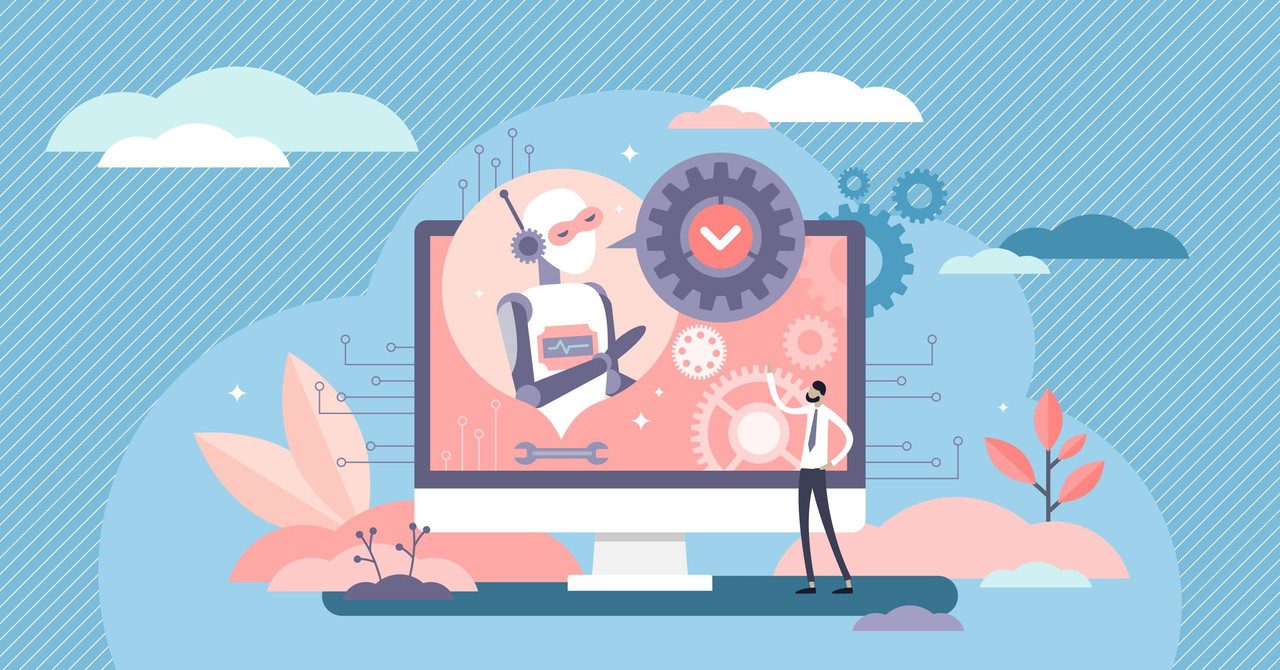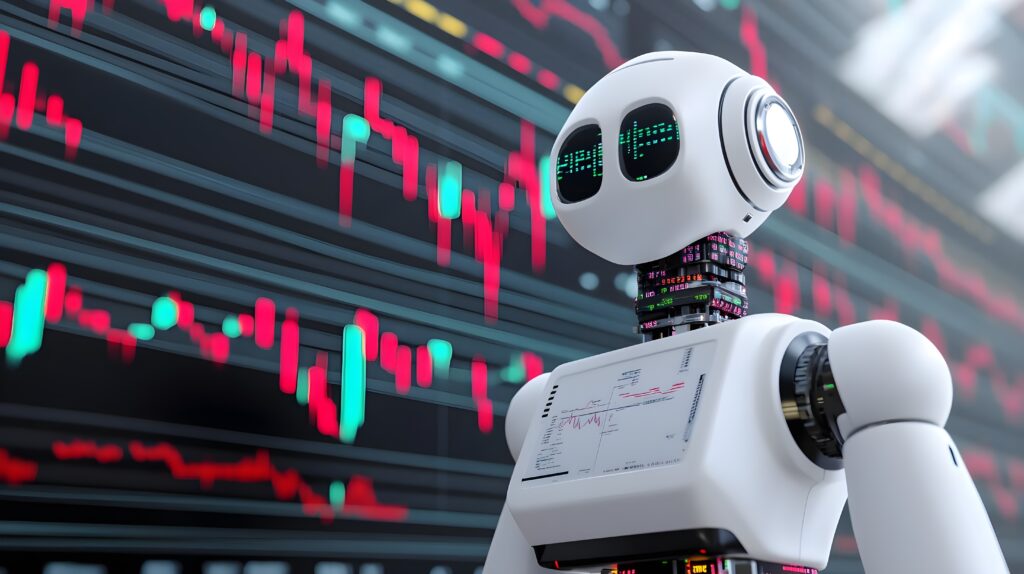The COVID-19 pandemic has been one of the most disruptive business events in history – requiring immediate technology shifts for recovery, resilience and competitiveness.
Organisations had to accelerate digital transformation plans from years to weeks – or even days to support remote work. Adoption of intelligent automation and robotic process automation (RPA) to weather these times of disruption has been swift and it’s not stopping anytime soon.
Gartner predicts that 90 percent of large organisations globally will have deployed RPA in some form by 2022 as they look to digitally empower critical business processes while recalibrating human labour and manual efforts. Businesses that fail to do so risk becoming obsolete as their RPA enhanced competitors will operate orders of magnitude more efficiently – making it nearly impossible to compete.
The Now & Next: State of RPA report, which combines real customer data with survey results from Enterprise Technology Research, uncovered that intelligent automation is growing in popularity with the majority of organisations surveyed (63 percent) already deploying RPA or actively scaling, as businesses need to bolster resiliency in an uncertain climate.
RPA can play a vital role in maintaining critical back-end business processes, especially in the face of sudden interruptions, demand spikes, or an unavailability of labour due to the pandemic or other reasons. With RPA, intelligent bots can eliminate bottlenecks by quickly and efficiently executing repetitive processes and tasks. These bots, which interpret both structured and unstructured data, work across various applications and systems such as email and ERP – for the automation of entire processes.
Below are three examples of the importance of intelligent automation when building a resilient enterprise and what to keep in mind when adapting this strategy to your business.
Achieving business recovery, resilience through intelligent automation
In his book, Digital Transformation, C3.ai CEO Tom Siebel predicts, “the corporate world is in the middle of mass extinction, with 52 percent of Fortune 500 companies from the year 2000 no longer in business today.” His point is simple: companies need to adapt to the digital world or die.
RPA is a leading pillar to achieving digital transformation and enables rapid returns. For organisations suddenly burdened with staff shortages and other constraints caused by the COVID-19 crisis, the benefits of automation are no longer about making cost efficiencies, but about building resilience.
RPA is a cognitive technology in that it moves a portion of human acumen, experience, and intelligence into software. Software bots, which can operate 24/7 with great speed and accuracy, can liberate human workers from repetitive, manual tasks, allowing them to focus on value-added activities and pursue new skills that exercise their creativity while improving customer service, increasing efficiency, and streamlining administrative tasks.
We’ve already seen various sectors, such as airline companies develop AI-bots to accelerate the processing of customer cancellations, automatically creating an e-voucher option giving customers faster credit. These bots helped enhance overwhelmed customer service representatives and provided a scalable digital workforce to deal with the deluge of requests during the pandemic.
The banking sector also leaned on Paycheck Protection Program (PPP) bots to streamline loan processing by automatically extracting application data and entering the information into the Small Business Administration’s (SBA) loan origination portal – quickly, efficiently, and accurately. These AI-powered solutions expedited processing from three weeks to three days – helping customers receive needed aid while giving banks a digital foundation to meet the demands of today and the needs of tomorrow.
Enterprises looking to bolster their business resilience should strongly consider intelligent automation to weather the pandemic and future disruptions to traditional work processes. A digital workforce allows humans and bots to focus on what they do best – creating a team stronger than the sum of its parts, improving operational efficiency, and enabling employees to focus on more abstract thinking.
“We are in the era of realising technology’s ultimate promise – a democratising force that levels the playing field”
The new normal is in the cloud
The COVID-19 pandemic has shown the world the importance of the cloud due to the flexibility it can provide with the shift to remote work as well as the importance of intelligent automation. This combination creates efficiency by eliminating burdensome administrative tasks.
The pandemic exacerbated the challenges of legacy systems, and the associated silos of applications that companies – and their employees – rely on to get work done. Moving to the cloud and adding RPA and intelligent automation delivered as Software-as-a-Service can help to bridge the silos.
According to Now & Next: State of RPA, after cybersecurity, cloud migration is the top technology priority for CIOs over the next 12 months, driven in part by the need for remote work solutions amidst COVID-19, becoming the platform of choice for RPA deployment.
Of those we surveyed, 67 percent of customers opted for cloud-based automation due to the flexibility it provides, and more than half (57 percent) of respondents expect to increase investments over the next year, with the number of bots doubling during that timeframe.
The cloud-based SaaS model gives users the inherent benefits of RPA, but with reduced costs of ownership, near-infinite scalability, ease of implementation and dramatically decreased time-to-value. By allowing users to create and deploy AI-powered software bots from any web browser, and on any device, cloud-based RPA programmes unleash the full potential of intelligent automation.
Many IT leaders looking to implement RPA programmes have already embraced and relied on the cloud – especially given the instant shift to remote work during the pandemic. With remote work likely to continue, cloud-based RPA will be preferred over on-prem given the flexibility it provides.
Automating the process of automation
We are in the era of realising technology’s ultimate promise – a democratising force that levels the playing field and provides greater work-life balance. Advancements in AI and RPA allow businesses to ‘automate automation,’ resulting in enterprises being able to rewrite their workflows to match new workplace realities.
AI will soon monitor existing processes and model them against ideal solutions specific to an enterprise and suggest an appropriate bot. Using data comparisons, security parameters, compliance clouds, and more, AI will automatically be able to create optimised workflows for any business process – unlocking unparalleled efficiency.
From bots that can process unstructured data pulled from documents to bots that can automate the creation of other bots, there are countless possibilities for automation to benefit the workforce. Our research has shown that CIOs actively scaling RPA are expanding from an average of 67 to 131 bots, automating thousands of processes and achieving massive efficiencies while improving workforce satisfaction.
Now is the time for business leaders to advance their automation solutions – making sure that they are empowering employees, creating a vested workforce, improving operational efficiency, and setting up the business for long-term success.
Prince Kohli, CTO, Automation Anywhere




